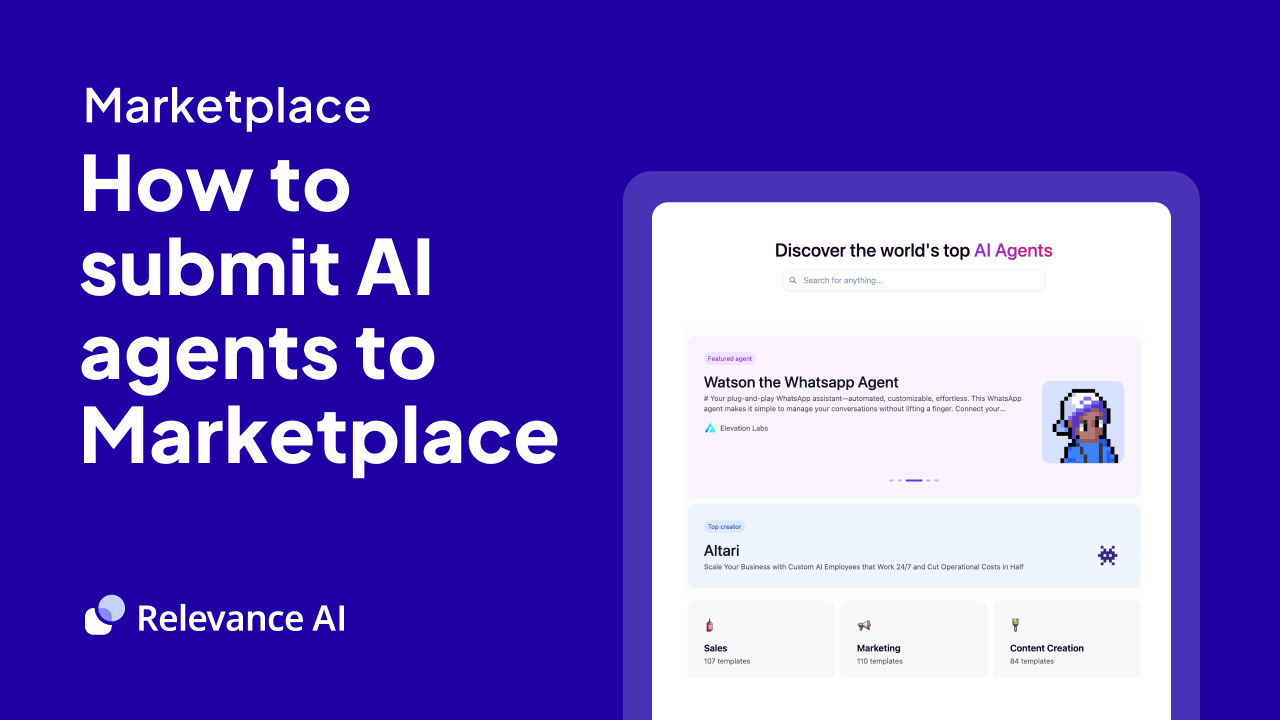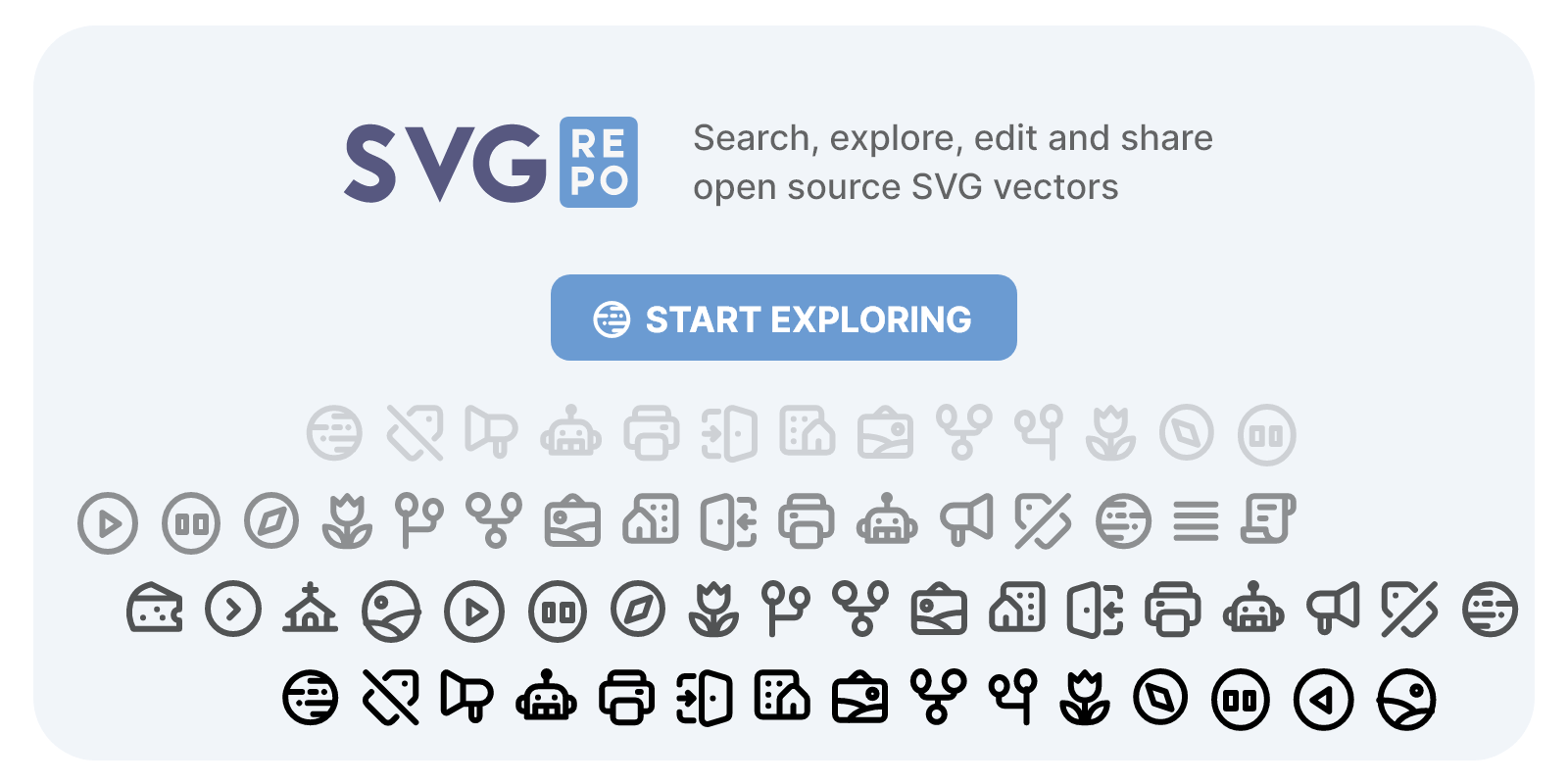Extract Topics from Transcribed Interviews
Overview
How to Use Extract Topics from Transcribed Interviews
The Extract Topics from Transcribed Interviews tool is an innovative AI-powered solution that helps researchers, analysts, and content creators identify key themes from interview transcripts. This powerful tool streamlines the often time-consuming process of manual topic extraction, providing structured, meaningful insights from your qualitative data.
Step-by-Step Guide to Using Extract Topics from Transcribed Interviews
1. Prepare Your Transcription
Start by ensuring your interview transcription is ready for analysis. The tool accepts raw text input, so you can simply copy and paste your transcribed content into the system. Make sure your transcription is clean and free from formatting issues that might affect the analysis.
2. Configure Your Analysis Parameters
The tool offers several customization options to ensure you get the most relevant results:
- Word Count Limit: Set the maximum number of words per topic using the theme_wrd_cnt parameter. The default is 4 words, which typically provides concise, focused topics.
- Number of Topics: Determine how many topics you want to extract using the taxonomy_cnt parameter. The default setting of 8 topics usually provides a good balance between comprehensiveness and focus.
- Analysis Objective: Specify your analysis goal using the objective parameter. For example, you might focus on "customer pain points" or "product feedback themes."
3. Submit Your Analysis Request
Once you've configured your parameters, submit your transcription for analysis. The tool will process your input using advanced AI algorithms to identify the most relevant topics based on your specified criteria.
4. Review Your Results
The system will present your results in a clean, bullet-pointed format, making it easy to identify and understand the key themes from your interview data. Each topic will be clearly separated and easy to read.
Maximizing the Tool's Potential
- Strategic Parameter Adjustment: Experiment with different parameter combinations to find the optimal setup for your specific needs. For instance, increase the taxonomy_cnt for more detailed analysis or decrease the theme_wrd_cnt for more concise topics.
- Objective Refinement: Use specific, focused objectives to guide the analysis. Instead of broad categories like "general feedback," try targeted objectives such as "user interface challenges" or "feature requests."
- Iterative Analysis: Consider running multiple analyses with different objectives to uncover various perspectives from the same interview data. This can provide a more comprehensive understanding of your research findings.
How an AI Agent might use this Topic Extraction Tool
The Extract Topics from Transcribed Interviews tool is a sophisticated solution that transforms raw interview transcripts into actionable insights. This capability makes it particularly valuable for AI agents working in research, customer experience, and content strategy roles.
Market Research Analysis
An AI agent can process multiple customer interviews simultaneously, extracting key themes and patterns that might otherwise take humans hours to identify. The tool's ability to focus on specific objectives, such as customer pain points or product feedback, makes it especially powerful for generating actionable business intelligence.
Customer Experience Enhancement
AI agents can leverage this tool to analyze support call transcripts, identifying recurring issues and sentiment patterns. With the customizable taxonomy count and word limit features, agents can precisely tune the output to match reporting requirements, making it easier to prioritize customer service improvements.
Content Strategy Development
AI agents can process interview transcripts from subject matter experts, automatically extracting key topics for content creation. This streamlines the content planning process by quickly identifying valuable themes and ensuring comprehensive coverage of important subjects, all while maintaining the specified constraints for topic length and quantity.
Unlocking Value from Interview Transcripts: 3 Powerful Use Cases
UX Research Analysis
For UX researchers, the Extract Topics tool transforms hours of user interviews into actionable insights within minutes. Instead of manually coding transcripts - a process that typically takes days - researchers can automatically surface key themes across multiple user sessions. The tool's ability to focus on specific objectives, like usability issues or feature requests, helps prioritize product improvements based on user feedback. For example, when analyzing feedback from a beta launch, researchers can quickly identify recurring pain points and desired features, enabling faster iteration cycles and more user-centered design decisions.
Key Benefit: Accelerates the synthesis of user research data, reducing analysis time from days to minutes while maintaining analytical rigor.
Customer Feedback Analysis
Customer success teams can leverage this tool to systematically analyze customer feedback from quarterly business reviews or support calls. By processing transcripts with specific objectives like 'satisfaction drivers' or 'churn risks', teams can quickly identify patterns in customer sentiment and experience. The tool's ability to extract up to eight distinct themes helps teams spot emerging trends or issues before they become widespread problems. This systematic approach to feedback analysis ensures that customer insights don't get lost in the noise and can directly inform product and service improvements.
Key Benefit: Enables data-driven customer success strategies by systematically identifying patterns in customer feedback.
Market Research Synthesis
Market researchers can use this tool to efficiently process in-depth interviews with industry experts or focus group discussions. The ability to customize the number of words per topic and total themes extracted makes it perfect for creating executive summaries or identifying key market trends. When analyzing interviews across multiple market segments, researchers can set different objectives for each segment, ensuring relevant insights are captured for different target markets. This automated approach to qualitative analysis helps researchers deliver more comprehensive insights in less time.
Key Benefit: Streamlines qualitative market research analysis, enabling faster delivery of actionable insights to stakeholders.
Benefits of Extract Topics from Transcribed Interviews
Accelerated Qualitative Research Analysis
The Extract Topics tool revolutionizes the traditionally time-consuming process of analyzing interview transcripts. By automatically identifying and categorizing key themes from transcribed conversations, researchers and analysts can process large volumes of qualitative data in minutes rather than hours. This automation not only saves valuable time but ensures consistent theme extraction across multiple interviews, eliminating the potential for human bias or oversight in the analysis process.
Customizable Theme Extraction
What sets this tool apart is its remarkable flexibility in theme identification. With adjustable parameters for word count per topic and total number of categories, users can fine-tune the output to match their specific research objectives. The ability to specify focus areas through the 'objective' parameter means researchers can direct the analysis toward particular aspects of interest, whether it's customer satisfaction, product feedback, or any other research goal.
Structured, Ready-to-Use Output
The tool's sophisticated processing pipeline transforms raw transcript data into cleanly formatted, actionable insights. By automatically converting extracted themes into a bullet-pointed format, it delivers results that are immediately ready for presentation or further analysis. This structured output eliminates the need for additional formatting or organization, allowing researchers to focus on interpreting and acting on the insights rather than managing data presentation.











.png/e14d3fc3-caf7-4cdf-8506-4e075aa15422.png)















.png/6f303b4c-da50-470e-883d-23c1fc217aa6.png)












